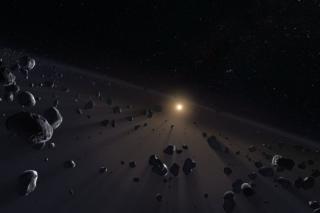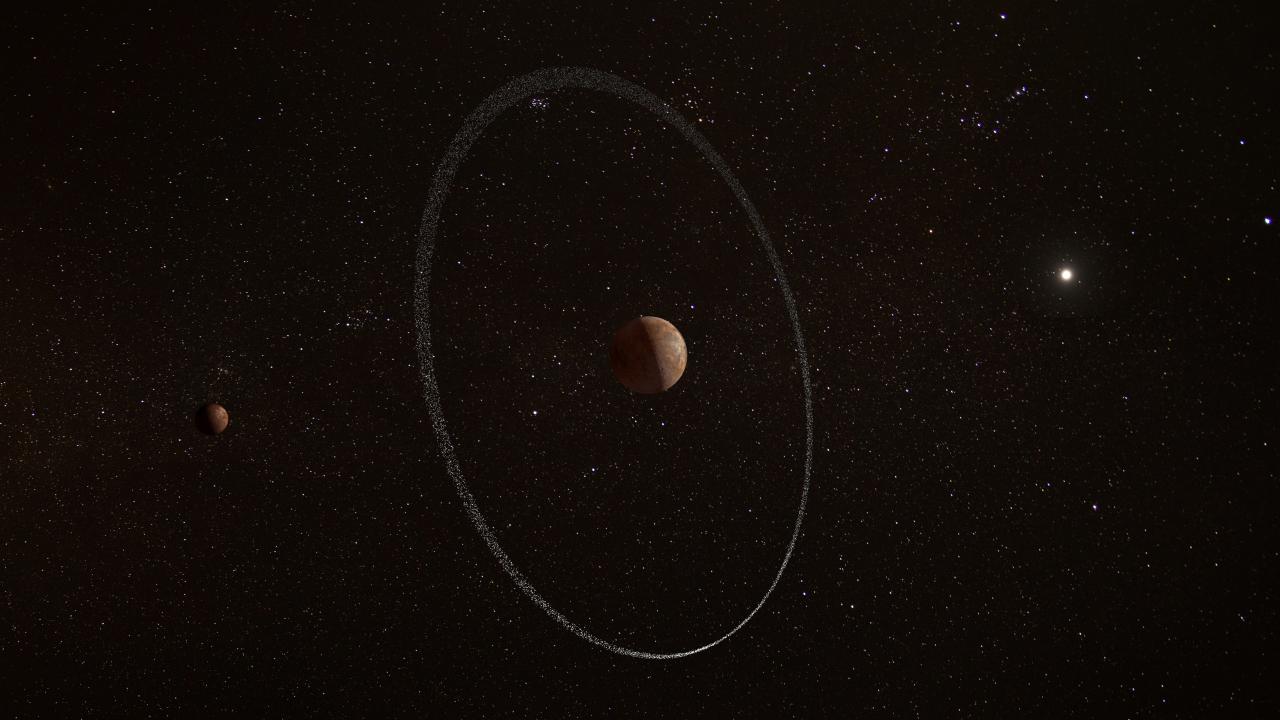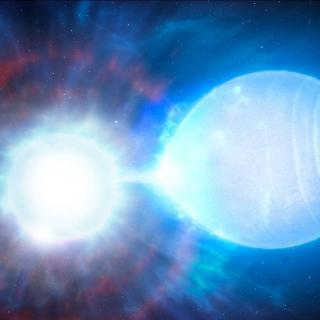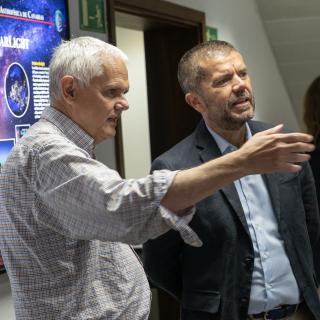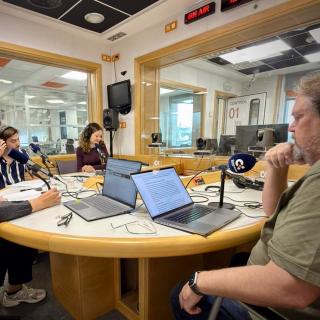Scientists have discovered a new ring system around a dwarf planet on the edge of the Solar System. The ring system orbits much further out than is typical for other ring systems, calling into question current theories of how ring systems are formed. The discovery, published in Nature, was made possible thanks to the HiPERCAM instrument on the Gran Telescopio Canarias (GTC) at the Roque de los Muchachos Observatory in La Palma.
A system of rings has been discovered around the dwarf planet Quaoar which is approximately half the size of Pluto and orbits the Sun beyond Neptune. The discovery was made thanks to a series of observations made between 2018 and 2021 with the space-based telescope Cheops of the European Space Agency (ESA) and a collection of ground-based telescopes, including the Gran Telescopio Canarias (GTC or Grantecan), located at the Roque de los Muchachos Observatory (Garafía, La Palma), and its HiPERCAM instrument, a high-speed, high-sensitivity camera.
The rings are too small and faint to see directly in an image. Instead, the researchers made their discovery by observing an occultation, when the light from a background star was blocked by Quaoar as it orbits the Sun. The event lasted less than a minute, but was unexpectedly preceded and followed by two dips in light, indicative of a ring system around Quaoar.
Ring systems are relatively rare in the Solar System - as well as the well-known rings around the giant planets Saturn, Jupiter, Uranus and Neptune, only two other minor planets possess rings - Chariklo and Haumea. All of the previously known ring systems are able to survive because they orbit close to the parent body, so that tidal forces prevent the ring material from accreting and forming moonlets.
What makes the ring system around Quaoar remarkable is that it lies at a distance of over seven planetary radii - twice as far out as what was previously thought to be the maximum radius according to the so-called `Roche limit’, which is the outer limit of where ring systems were thought to be able to survive. For comparison, the main rings around Saturn lie within three planetary radii. This discovery has therefore forced a rethink on theories of ring formation.
Vik Dhillon, a co-author of the study and an Affiliated Researcher at the IAC said: “It was unexpected to discover this new ring system in our Solar System, and it was doubly unexpected to find the rings so far out from Quaoar, challenging our previous notions of how such rings form."
"The use of our high-speed camera, HiPERCAM, and the precision that allows the large aperture of the Gran Telescopio Canarias, were key to this discovery as the event lasted less than one minute and the rings are too small and faint to see in a direct image" emphasises Romano Corradi, director of Grantecan.
Article: B. Morgado et al. A dense ring of the trans-Neptunian object Quaoar outside its Roche limit. Nature volume 614, pages239–243 (2023). DOI: https://doi.org/10.1038/s41586-022-05629-6
